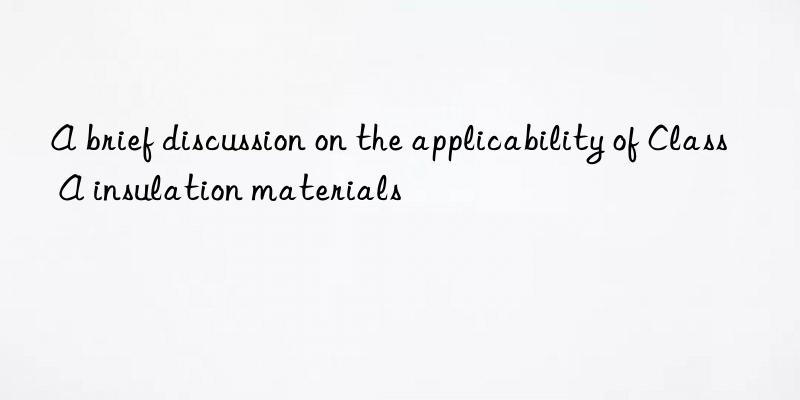
The promulgation and implementation of Gongxiao [2011] No. 65 has had a great impact on the exterior wall insulation market. This regulation is strictly implemented in Gongtongzi [2009] No. 46. Insulation materials must use Grade A insulation materials, which makes the selection of insulation materials very narrow. Currently, Grade A insulation materials on the market mainly include rock wool boards and foam glass. , foamed cement, vitrified microbeads, etc.
Vitrified microbeads
Vitrified microbeads are a further processed product of perlite, an early insulation material in the construction market. Vitrified microspheres are closed-cell lightweight materials with high closed-cell rate, low water absorption, and thermal conductivity of approximately 0.065 W/m.k. Because of its high thermal conductivity, it is mostly used in the southern market. Cold and severe cold areas are not suitable for large-area applications. During the construction of vitrified microbead thermal insulation mortar, it has strong adaptability to the base layer of the wall and is not affected by the foundation shape. It can be directly applied flatly; this system can achieve overall seamless construction and avoid joint problems in the construction of other insulation boards. , the stress is distributed and released evenly after construction. The disadvantage of construction is that the quality of on-site mixing is difficult to control and has a greater impact on the construction environment.
Rock wool board
As a traditional fireproof material, rock wool board is widely used in many fields. Because of its strong water absorption, high energy consumption in material production, low strength, and great damage to workers due to dust during construction, it has not been widely promoted in the field of external insulation. In recent years, with the introduction of the pendulum method production process and fiber surface treatment process, the comprehensive performance of rock wool boards has been greatly improved. Rock wool is an inorganic material, which is made by calcining and throwing silk. The thermal conductivity is about 0.044 W/m.k. The compressive strength is low. The fibers are open-pored and have good air permeability. After surface treatment, it has certain waterproof and moisture-proof properties; and The adhesion of the base layer of the wall is poor, and the surface of the rock wool board must be treated with an interface agent before use during construction; the performance requirements for bonding and anti-cracking mortar are high, and it is difficult to control the flatness during large-area construction, and construction dust is harmful to workers. Larger, burrs are prone to appear when the board is cut, and there is a greater risk of protruding corners of the board after construction. Due to the non-obturator structure of the rock wool fiber, water vapor leaked from the wall during application has a greater impact on the breathability and weather resistance of the cracked layer mortar. The requirements are higher.
Foam glass
This Class A thermal insulation material was mostly used in the petrochemical industry in the early days. With the deepening of the implementation of the national energy-saving and thermal insulation policy, it has been gradually introduced into the construction field and is currently used as exterior wall insulation. Optional materials for fire barriers. It is an inorganic material that is not easy to age and is durable. The thermal conductivity is about 0.06 W/m.k. It is a closed-cell honeycomb material. It has good waterproofing properties and strong bonding with the wall base after construction. It has low performance requirements for the bonding mortar. ; It is not easy to polish when constructing large-area sticky boards, and it is difficult to control the flatness. When using it, the flatness of the base wall must be controlled; it is strong in rigidity and brittle, so pay attention to the protection of brittleness during transportation and use; after plastering, the material itself has strong rigidity , when affected by the climate, the stress is released concentratedly and quickly, and the seams of the boards are easy to crack. When used, the seams of the two insulation materials generally require foaming treatment.
Foamed cement
The development of this Class A material has benefited from the implementation of national energy-saving policies. It is currently widely used in exterior wall thermal insulation fireproof isolation belts. It is an inorganic material with a thermal conductivity of about 0.08 W/m.k, a closed-cell honeycomb material; strong rigidity, brittle and brittle, strong bonding with the wall base, and low performance requirements for the bonding mortar; large-area construction It is difficult to control the flatness at the time. Although the rigidity is weaker than that of foam glass, under the influence of climate change, the hidden danger of cracking at the seams of the panels is greater. From the perspective of comprehensive performance, if the thermal conductivity can be improved to an ideal level, there is certain potential for large-scale promotion and application in the market. prospect.
</p

 微信扫一扫打赏
微信扫一扫打赏

